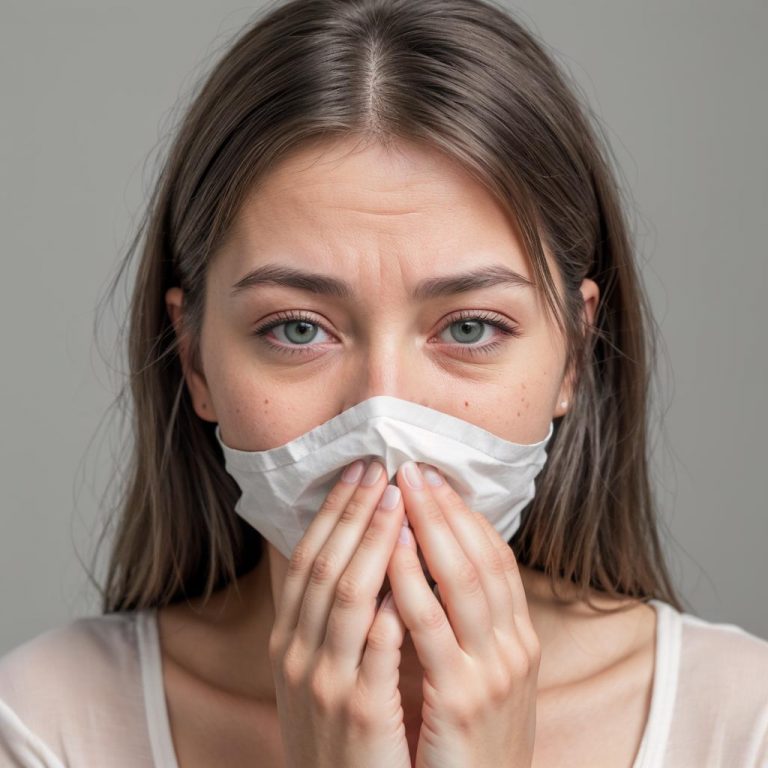
Hay fever, also known as allergic rhinitis, is a common allergic reaction that affects millions of people worldwide.
Despite its name, hay fever doesn’t actually involve a fever, nor is it caused by hay. Instead, it’s triggered by allergens such as pollen, dust mites, pet dander, or mold spores. This article aims to provide a comprehensive understanding of hay fever, including its symptoms, causes, and available treatments.

Symptoms
The symptoms of hay fever can vary in severity and may include:
- Nasal congestion: A blocked or stuffy nose, often accompanied by difficulty breathing through the nostrils.
- Runny nose: Excessive nasal discharge that may be clear and watery.
- Sneezing: Frequent bouts of sneezing, especially upon exposure to allergens.
- Itchy, watery eyes: Irritation and redness in the eyes, accompanied by itching and tearing.
- Itchy throat and palate: Persistent itching in the throat and roof of the mouth.
- Coughing: A dry or productive cough may develop due to postnasal drip.
- Reduced sense of smell and taste: Inflammation of the nasal passages can affect these senses.
Causes
Hay fever is primarily caused by the immune system’s overreaction to allergens in the environment. When a person with hay fever inhales allergens such as pollen or dust mites, their immune system perceives these substances as harmful invaders and releases chemicals like histamine to defend against them. This immune response triggers inflammation in the nasal passages, leading to the characteristic symptoms of hay fever.
Several factors can increase the risk of developing hay fever, including:
- Genetics: A family history of allergies can predispose individuals to hay fever.
- Environmental factors: Living in areas with high pollen counts or exposure to indoor allergens like dust mites or pet dander can trigger hay fever.
- Age: Hay fever often develops during childhood or adolescence but can occur at any age.
- Other allergies: People with existing allergies, such as asthma or eczema, may be more susceptible to hay fever.
- Exposure to tobacco smoke: Passive smoking or regular exposure to cigarette smoke can exacerbate hay fever symptoms.
Treatment
While hay fever can be bothersome, various treatment options can help alleviate symptoms and improve quality of life. These may include:
- Antihistamines: Over-the-counter or prescription antihistamine medications can block the effects of histamine, reducing symptoms like sneezing, itching, and runny nose.
- Nasal corticosteroids: These prescription nasal sprays help reduce inflammation in the nasal passages, relieving congestion and other symptoms.
- Decongestants: Oral or nasal decongestants can provide temporary relief from nasal congestion by narrowing blood vessels in the nasal passages.
- Immunotherapy: Allergy shots or sublingual tablets may be recommended for individuals with severe hay fever to desensitize their immune system to specific allergens over time.
- Allergy-proofing measures: Taking steps to minimize exposure to allergens, such as using air purifiers, keeping windows closed during high pollen seasons, and regularly cleaning bedding and upholstery, can help reduce hay fever symptoms.
- Alternative therapies: Some people find relief from hay fever symptoms through alternative treatments like acupuncture, herbal supplements, or saline nasal irrigation.
Hay fever is a prevalent allergic condition characterized by symptoms such as nasal congestion, sneezing, and itchy eyes. While it can be bothersome, various treatment options are available to manage symptoms and improve quality of life. By understanding the causes and triggers of hay fever, individuals can take proactive steps to minimize exposure to allergens and seek appropriate medical treatment when needed. If you suspect you have hay fever or experience persistent allergy symptoms, consult a healthcare professional for an accurate diagnosis and personalized treatment plan.



